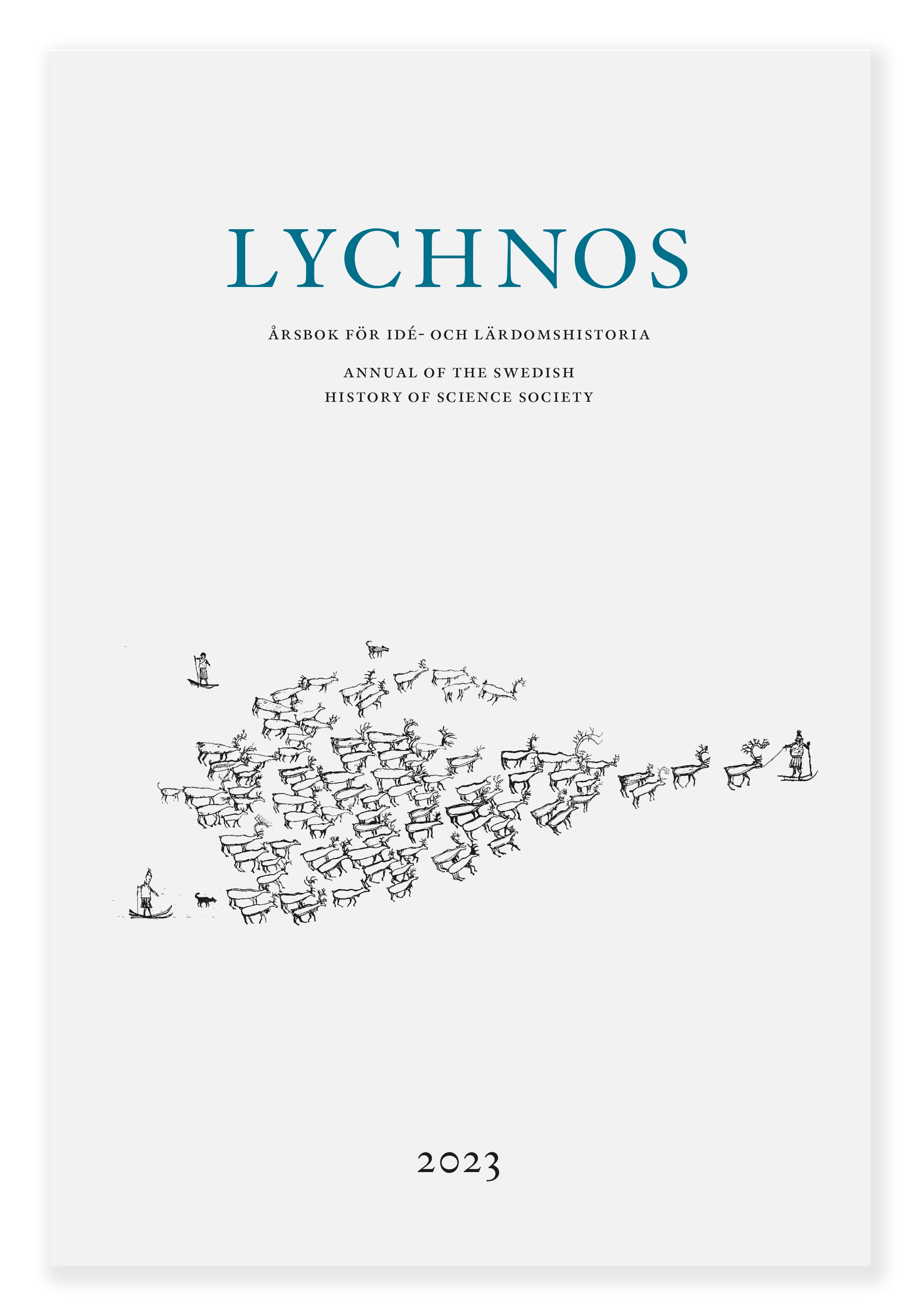Touching the cold in the Little Ice Age
Reason and fancy in Robert Boyle’s and Margaret Cavendish’s writings on northern cold
DOI:
https://doi.org/10.48202/25110Nyckelord:
Robert Boye, Margaret Cavendish, the North, the Arctic, imaginary, cold, iceAbstract
Climate change urges us to reconsider the very cold. Its natural manifestations – ice and snow – are today shrinking elements, and the gravity of melting glaciers and thawing polar regions is indeed deeply worrying for the planet as a whole. In this article questions will be raised concerning how cold was understood and imagined during the Little Ice Age, when the freezing cold was a regular part of the everyday life in large parts of Europe. The very cold became an object of enquiry for natural philosophers in unprecedented ways. The article focuses on Robert Boyle’s New Experiments and Observations touching Cold, or an Experimental History of Cold, begun (London, 1665) and Margaret Cavendish’s Observations upon Experimental Philosophy (London, 1666) and explores early modern English imaginaries of the polar regions, and how they join in the scientific debate on how to understand the cold.
Downloads
Publicerad
Nummer
Sektion
Licens
Copyright (c) 2023 Cecilia Rosengren

Det här verket är licensierat under en Creative Commons Erkännande 4.0 Internationell-licens.
This work is licensed under a Creative Commons Attribution 4.0 International License. The copyright for the work published in Lychnos remains with the authors.


